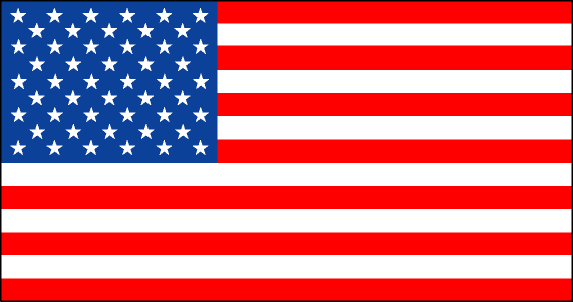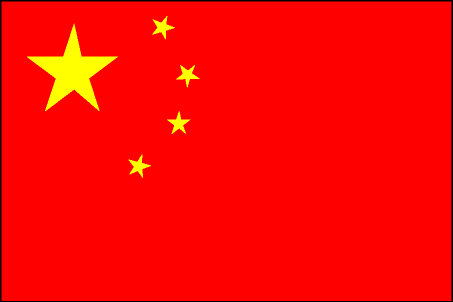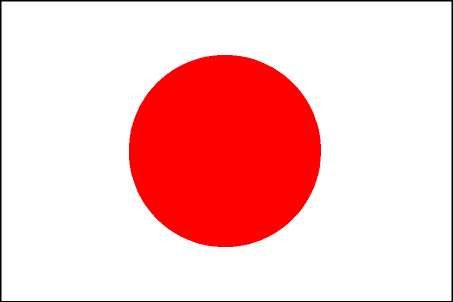http://www.cia.gov/download.html
 The United States
The United StatesThe US has the largest and most technologically powerful economy in the world, with a per capita GDP of $37,600. In this market-oriented economy, private individuals and business firms make most of the decisions, and the federal and state governments buy needed goods and services predominantly in the private marketplace. US business firms enjoy considerably greater flexibility than their counterparts in Western Europe and Japan in decisions to expand capital plant, lay off surplus workers, and develop new products. At the same time, they face higher barriers to entry in their rivals' home markets than the barriers to entry of foreign firms in US markets. US firms are at or near the forefront in technological advances, especially in computers and in medical, aerospace, and military equipment, although their advantage has narrowed since the end of World War II.
Export: $687 billion (2002 estimate)
Import: $1,165 billion (2002 estimate)
Trade partners
| Export | Import | |
| Canada | 22.4% | 19.0% |
| Mexico | 13.9% | 11.5% |
| Japan | 7.9% | 11.1% |
| UK | 5.6% | - |
| Germany | 4.1% | 5.2% |
| China | - | 8.9% |
 China
ChinaIn late 1978 the Chinese leadership began moving the economy from a sluggish, Soviet-style centrally planned economy to a more market-oriented system. Whereas the system operates within a political framework of strict Communist control, the economic influence of non-state organizations and individual citizens has been steadily increasing. The authorities switched to a system of household and village responsibility in agriculture in place of the old collectivization, increased the authority of local officials and plant managers in industry, permitted a wide variety of small-scale enterprises in services and light manufacturing, and opened the economy to increased foreign trade and investment. The result has been a quadrupling of GDP since 1978. In 2002, with its 1.3 billion people but a GDP of just $4,400 per capita, China stood as the second-largest economy in the world after the US (measured on a purchasing power parity basis). Agriculture and industry have posted major gains, especially in coastal areas near Hong Kong and opposite Taiwan, where foreign investment has helped spur output of both domestic and export goods.
Export: $325.6 billion (2002 estimate)
Import: $295.3 billion (2002 estimate)
Trade partners
| Export | Import | |
| USA | 22.4% | 9.2% |
| Hong Kong | 18.0% | 3.6% |
| Japan | 14.9% | 18.1% |
| South Korea | 4.8% | 9.7% |
| Germany | 3.5% | 5.6% |
| Netherlands | 2.8% | - |
| UK | 2.5% | - |
| Singapore | 2.1% | - |
| Taiwan | 2.0% | 12.9% |
 Japan
JapanGovernment-industry cooperation, a strong work ethic, mastery of high technology, and a comparatively small defense allocation (1% of GDP) helped Japan advance with extraordinary rapidity to the rank of second-most-technologically-powerful economy in the world after the US and third-largest economy in the world after the US and China. One notable characteristic of the economy is the working together of manufacturers, suppliers, and distributors in closely-knit groups called keiretsu. A second basic feature has been the guarantee of lifetime employment for a substantial portion of the urban labor force. Both features are now eroding. Industry, the most important sector of the economy, is heavily dependent on imported raw materials and fuels. The much smaller agricultural sector is highly subsidized and protected, with crop yields among the highest in the world. Usually self-sufficient in rice, Japan must import about 50% of its requirements of other grain and fodder crops. Japan maintains one of the world's largest fishing fleets and accounts for nearly 15% of the global catch. Robotics constitutes a key long-term economic strength with Japan possessing 410,000 of the world's 720,000 "working robots." Internal conflict over the proper way to reform the ailing banking system continue.
Export: $383.5 billion (2002 estimate)
Import: $393.1 billion (2002 estimate)
Trade partners
| Export | Import | |
| USA | 28.5% | 18.3% |
| China | 9.6% | 17.1% |
| South Korea | 4.6% | 11.1% |
| Taiwan | 6.3% | 4.0% |
| Hong Kong | 6.1% | 5.2% |
| Indonesia | - | 4.2% |
| Australia | - | 4.2% |